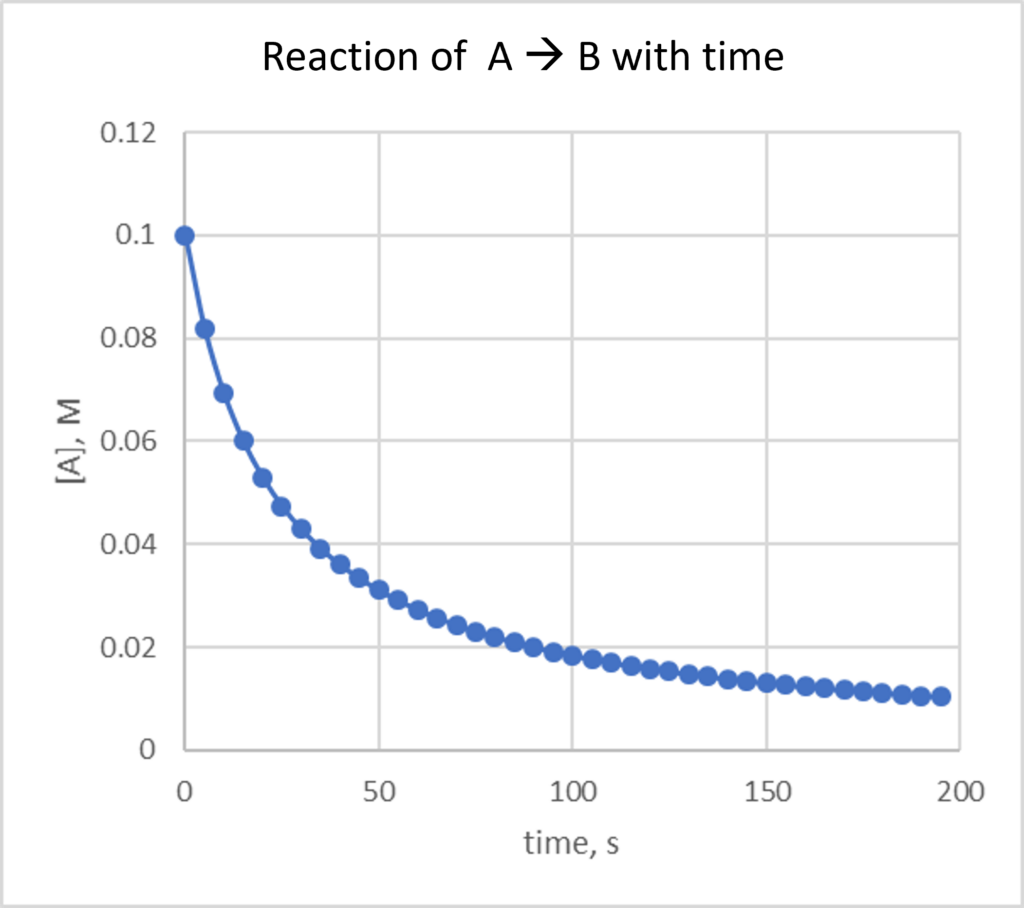The rates of many reactions depend on the concentrations of the reactants – specifically the instantaneous concentration (the exact concentration at any one moment).
For these reactions, rates increase when the concentration of one or more of the reactants increases. For example, calcium carbonate (CaCO3) deteriorates as a result of its reaction with the pollutant sulfur dioxide. The rate of this reaction depends on the amount of sulfur dioxide in the air. An acidic oxide, sulfur dioxide combines with water vapor in the air to produce sulfurous acid in the following reaction:$$SO_2(g)+H_2O(g)⟶H_2SO_3(aq)$$
Calcium carbonate reacts with sulfurous acid as follows:$$CaCO_3(s)+H_2SO_3(aq)⟶CaSO_3(aq)+CO_2(g)+H_2O(l)$$
In a polluted atmosphere where the concentration of sulfur dioxide is high, calcium carbonate deteriorates more rapidly than in less polluted air.

Statues made from carbonate compounds such as limestone and marble typically weather slowly over time due to the actions of water, and thermal expansion and contraction. However, pollutants like sulfur dioxide can accelerate weathering. As the concentration of air pollutants increases, deterioration of limestone occurs more rapidly. (credit: James P Fisher III)
The burning steel wool example in the Physical States of the Reactants page included an example of increasing concentration at the end: the perchlorate salt releases oxygen when heated, increasing the amount of oxygen near the steel wool.
Changes in rate from changing concentration also explains why reactions tend to slow down over time as well. The plot below shows a typical plot of concentration with time for a reactant in an active chemical reaction.

As the reactant A is consumed, its concentration decreases. The lower reactant concentration then means the reaction will proceed more slowly. You can see this happening by looking at the slope of the graph as time goes on – the steep slope (fast rate of change, fast reaction) initially levels off until at the end of the time shown, the slope is nearly flat (low rate of change, slow reaction).